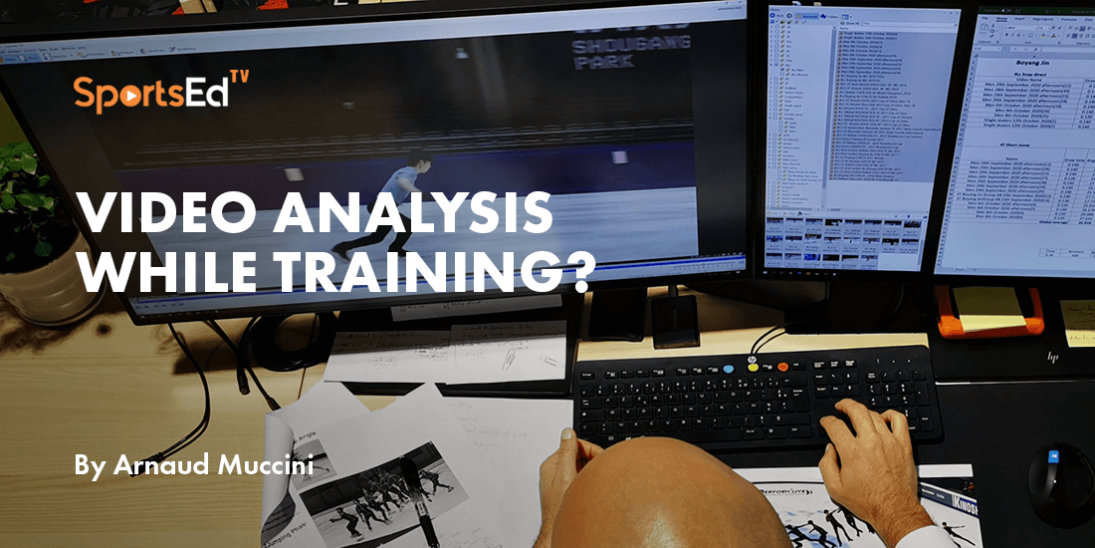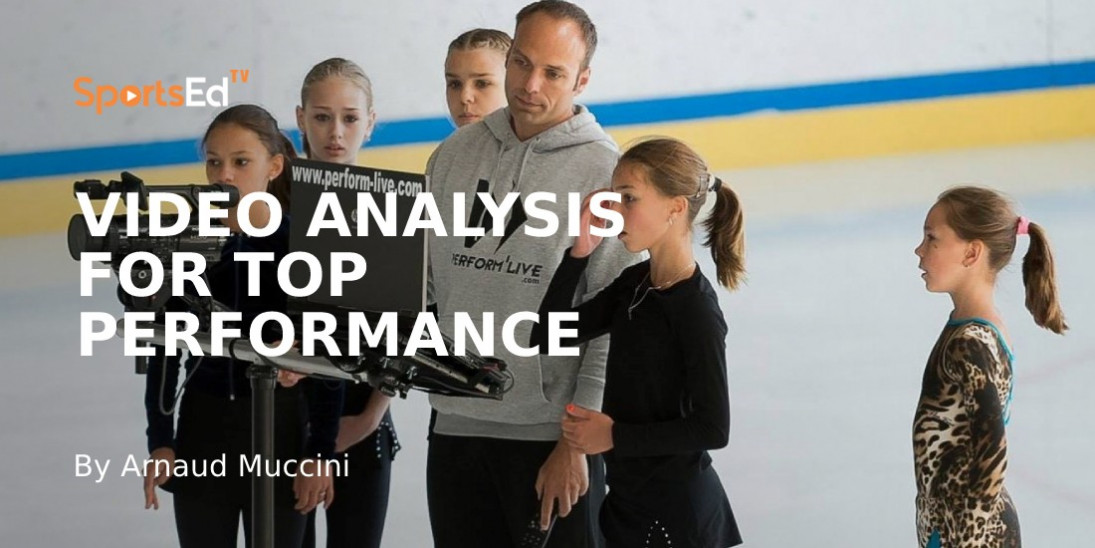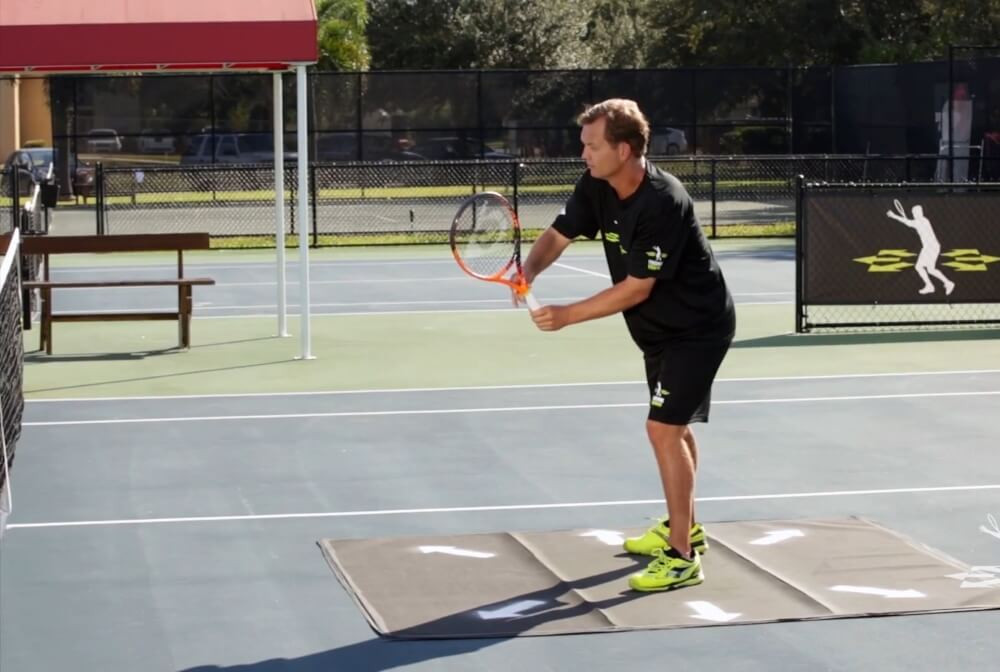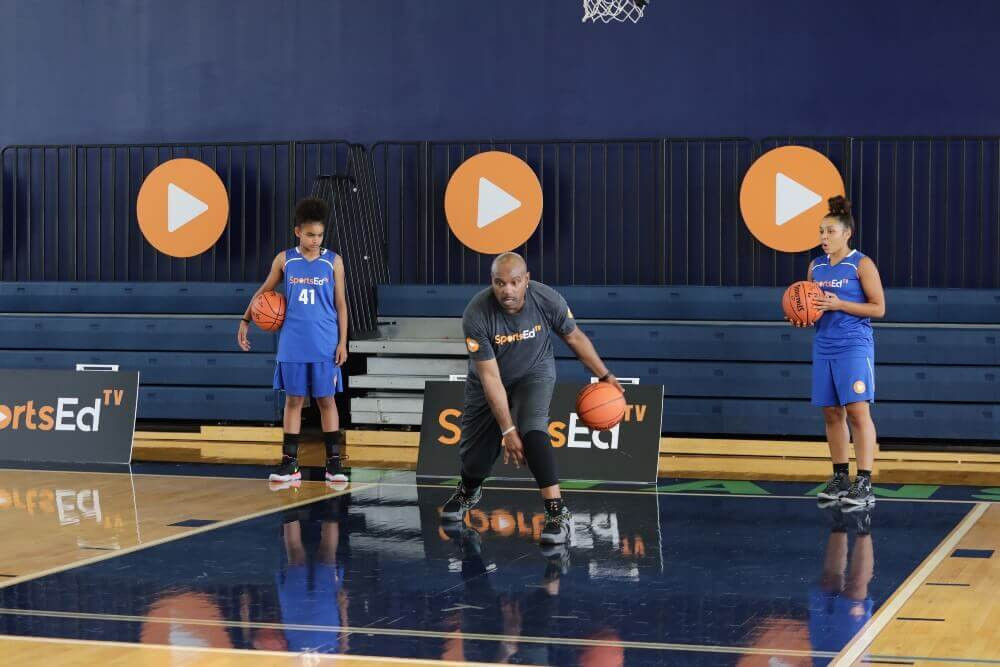Mental Health
Welcome and thanks for visiting...

How Video Analysis Helps My Coaching
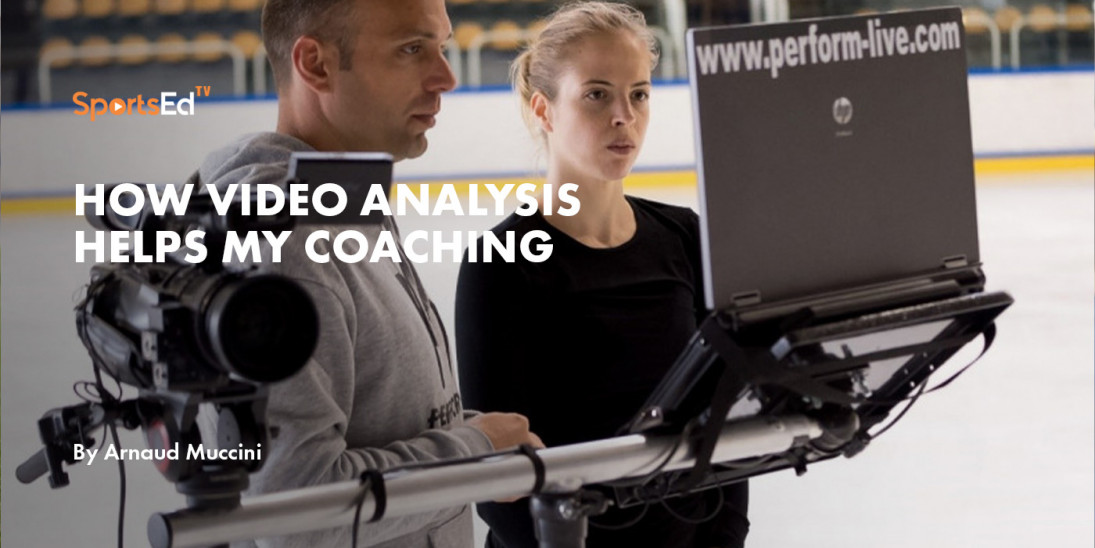
How does video analysis help my coaching?
First, let me tell you a short story about me. I became a figure skating coach by a happy accident, 20years ago.
First, as a volunteer, I wanted to give back to my sport what my coaches gave me during my skating career. So, I started to teach recreational and beginner level. In France, the French federation didn't develop any learning program for the volunteer coach.
So, I did my best to ask questions and information of my former coaches. Then I decided to pass along what I learned and became a full-time coach. I learned a lot. This education helped me to develop my teaching vision.
Anyway, as a young coach, I wanted to learn as much as possible. I wanted to feel more confident with the technical problem I was facing. My main idea was --and still is-- to offer the best experience to my student skaters.
How do you teach with more efficiency? Well, my school background is in technology. I'm passionate about all different technology. Back then, I ordered a book named "Learn how to observe." written by Jacques Piasenta who is considered one of the best sprints and hurdles French coaches. He used a lot of videos. That was my first contact with video.
Video produces better observations and observations produce better understanding. Then, I discovered the Dartfish solution during a regional camp organized by the French Figure Skating Federation. And a few months later, I acquired the Dartfish video system.
My first goal was to educate my coach eye. What do you really see? Then I wanted more understanding of the movements.
As a young coach, I used a lot of my technical and experience background. Getting expertise takes time especially if you are coaching in a small club where you are the only professional full-time coach.
The video helps me a lot, but it's a tool. And as a tool, you must know what is possible and the limit. For example, I watch a lot of videos from elite skaters. They are models. But you see only the final product. And not the learning process to produce the final product.
I quote Albert Einstein "Any fool can know. The point is to understand."
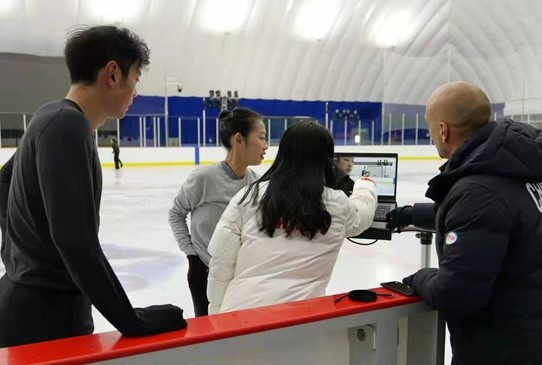
To create this process, you must understand what move you are looking for. When I analyze the video performance of a skater, I ask: Is this a helpful movement? Does it influence the success of the jump?
I created different tools to quickly sort out all these details. One of them is called "Shapes." Which we’ll discuss in a future blog.

